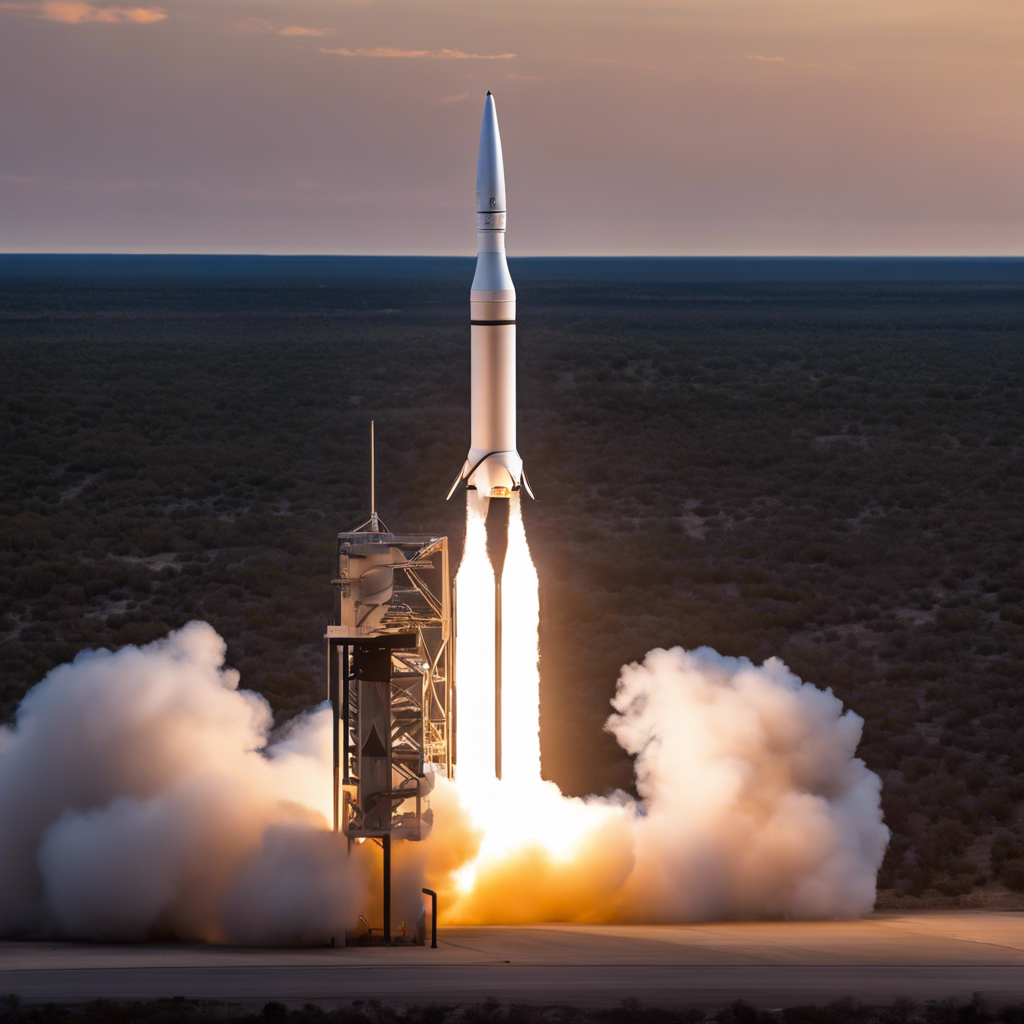Firefly’s Alpha rocket successfully reaches orbit, but questions remain about payload deployment
Firefly Aerospace, a private space company, successfully launched its Alpha rocket this morning from California’s Vandenberg Space Force Base. The mission, named “Fly the Lightning,” carried a payload from aerospace giant Lockheed Martin. However, there has been no update from Firefly on whether the satellite was successfully deployed to its intended orbit, raising concerns about the rocket’s second stage. This launch is the fourth-ever flight of Firefly’s Alpha rocket, and it aims to showcase the company’s rapid launch capabilities to the Space Force.
Launch Details and Payload Description
Firefly’s Alpha rocket took off at 9:32 AM local time, carrying Lockheed Martin’s Electronically Steerable Antenna (ESA) technology demonstrator. The ESA is an innovative antenna array that can be electronically steered, providing Lockheed with a more efficient calibration process compared to traditional on-orbit sensors. The payload was integrated on a satellite bus built by Terran Orbital, in which Lockheed owns nearly 7% of the outstanding shares.
Uncertainty Surrounding Payload Deployment
Shortly after the launch, Firefly tweeted that it would relight the Alpha rocket’s second stage engine to circularize its orbit, with the expectation of deploying the Lockheed Martin payload around 40 minutes later. However, as of four hours after the tweet, Firefly has not provided any updates on the status of the payload deployment. This silence raises concerns about a potential issue with the rocket’s second stage.
Importance of Rapid Launch Capabilities
Firefly’s mission team is not only focused on deploying the payload but also on demonstrating its ability to provide rapid launch capabilities to the Space Force. The Space Force has emphasized the need for quick turnaround times between receiving a payload and being launch-ready. Firefly has already showcased its rapid launch capabilities during a previous Alpha mission, where it set a new record for launch readiness, completing final preparations, payload encapsulation, and rocket mating within just 24 hours.
Implications for Firefly Aerospace and the Space Industry
The success of Firefly’s Alpha rocket and the deployment of Lockheed Martin’s ESA technology demonstrator payload are crucial for both companies. Firefly aims to establish itself as a reliable and competitive player in the private space industry, and a successful deployment would bolster its reputation. On the other hand, Lockheed Martin’s ESA technology demonstrator has the potential to revolutionize on-orbit sensor calibration, offering significant time and cost savings.
Conclusion:
Firefly Aerospace’s launch of its Alpha rocket with Lockheed Martin’s payload marks an important milestone for both companies. While the rocket successfully reached orbit, questions remain about the deployment of the payload. Firefly’s ability to demonstrate rapid launch capabilities and Lockheed Martin’s innovative ESA technology demonstrator are key factors in shaping the future of the private space industry. As the industry continues to evolve, the successful deployment of the payload will be crucial for Firefly’s reputation and Lockheed Martin’s advancements in on-orbit sensor calibration.











